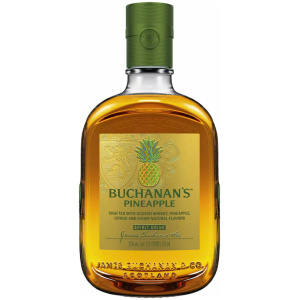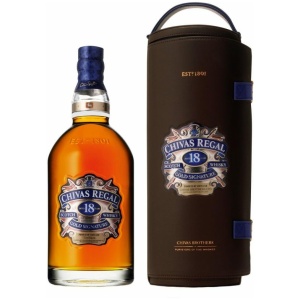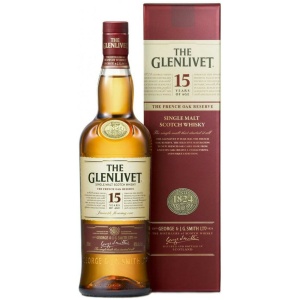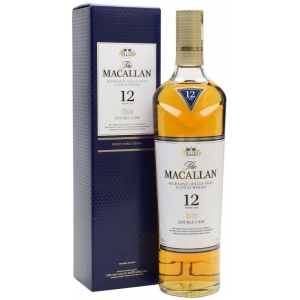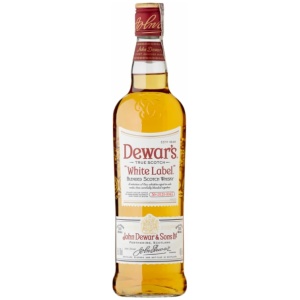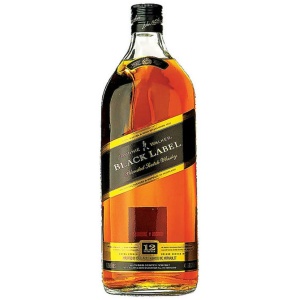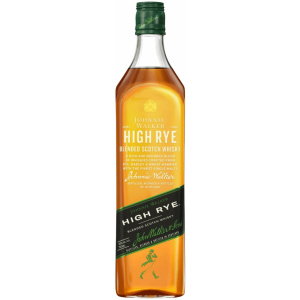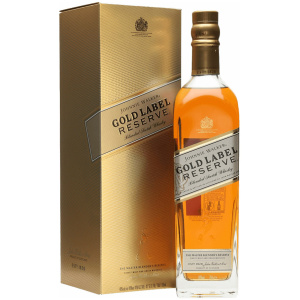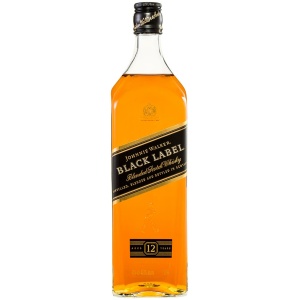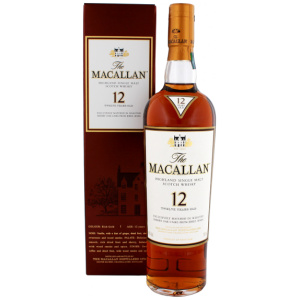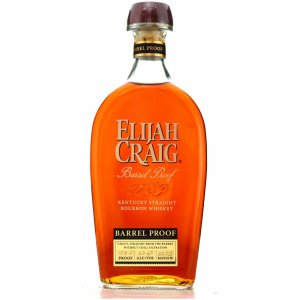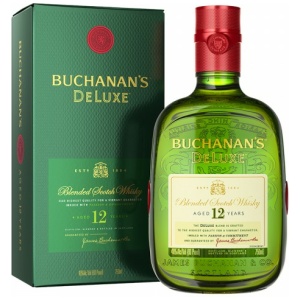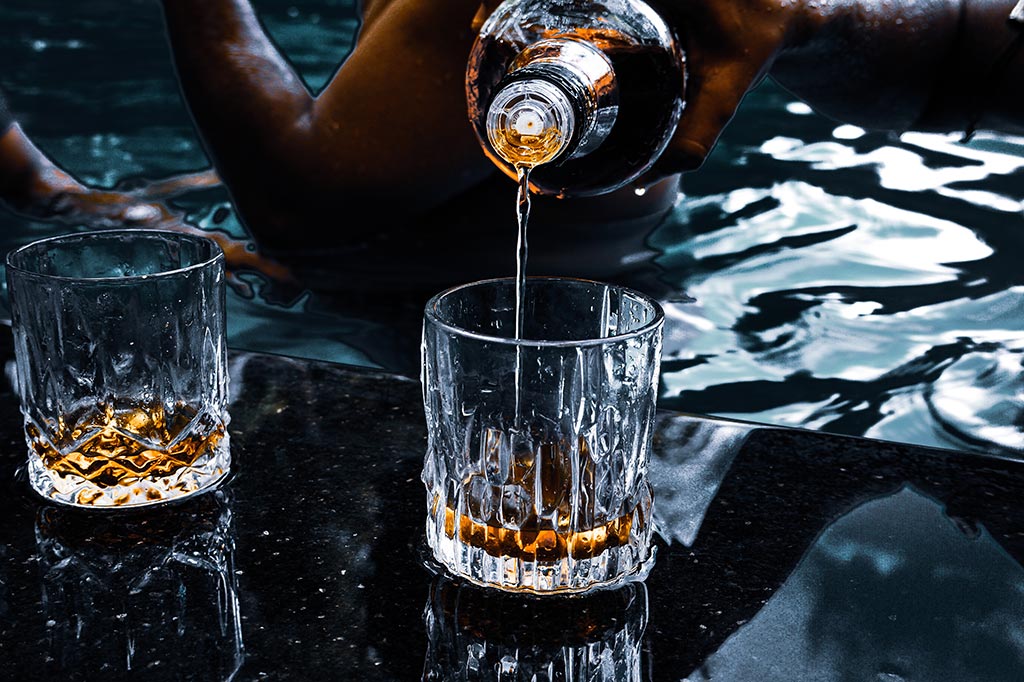
Preference is a question of the heart, nose, and tongue, as it is with all Whisky drinking topics. One of our best rules, though, is that whisky must have a minimum alcohol concentration of 40% ABV (alcohol by volume). Although certain Whiskies bottled at more than 40% ABV are regarded more valuable, many consumers prefer lower ABV Whiskies because they have a more approachable palate.
Whisky with an ABV more than 40% is also more likely to be taxed, so keep that in mind before going all out.
In reality, a Whisky’s ABV after distillation and aging is normally significantly greater than 40 or 43 percent, implying that most bottles on store shelves have been significantly watered down.
Scotch Whisky may be anywhere between 60 and 75 percent ABV after distillation, whereas American Whiskey may reach 90 percent ABV.
Scotch is normally diluted to roughly 63.5 percent ABV (68 percent for grain) before being stored in barrels; welcome to the stage cask strength Whisky.
Does the amount of alcohol in a whisky affect the flavor?
You may taste strong sharp spices in your Whisky at higher degrees, which are tempered by soft flavours like almond, vanilla, and the occasional slap of smokey lapsang souchong. Not to mention the traditional woody pines and resins, as well as some floral and fruity undertones.
Lower proofs tend to have more sweet characteristics, however keep in mind that the greater the alcohol proof, the more sugar in the spirit. So, if you prefer sugar, you’re in for a treat with Whisky. Dilution after bottling can mask some of the sugar flavors while also increasing the danger of soapy off-notes.
When it comes to dilution, timing is crucial. Dilution before barrel filling is likely to result in a sweeter, smoky, clean-cut oaky spirit with a bitter touch. After bottling, dilution can minimize some of the sugar flavors while also increasing the likelihood of soapy off-notes, which is why Scotch on the rocks is typically considered a bad idea. Yes, it is.
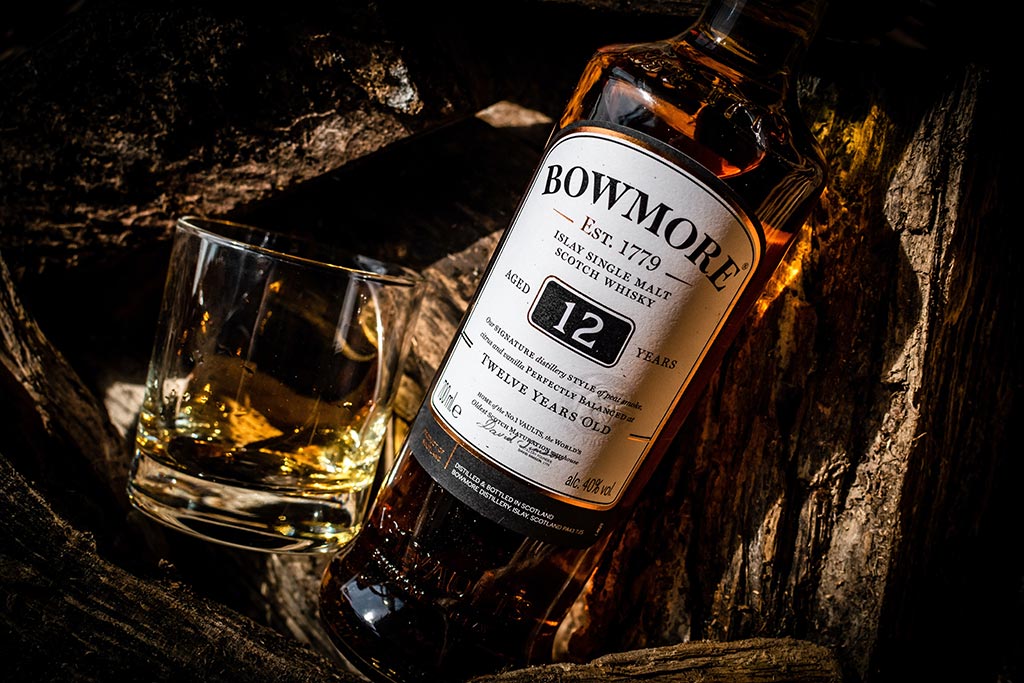
Is it true that whiskey is beneficial for you?
Whiskey is a dark grain based alcoholic beverage that is produced all over the world. Its origins may be traced back to medieval Scotland and Ireland. Its name approximately translates to “water of life” in Gaelic.
Whiskey was offered as a tonic to reduce aging, heal congestion, and treat joint pain in 16th-century Scotland by apothecaries. Doctors recommended alcohol to cure pneumonia, high blood pressure, and TB during American Prohibition.
Single malt, scotch, bourbon, and rye whiskey are some of the numerous types of whiskey available today. While it’s more likely to be seen on a bar tab than a prescription pad these days, current study has discovered data that may back up some of the old assertions that whiskey is good for you.
High levels of alcohol, on the other hand, have been linked to a variety of major health problems. Whiskey’s possible advantages are linked to moderate to low usage.
Like what you are reading? Try these related stories...
Whisky’s Potential Health Benefits
Whiskey has less calories than other alcoholic beverages and includes no carbs or sugar. Its ellagic acid concentration may also help to decrease inflammation and obesity risk.
There are other health benefits to consuming whiskey, according to research. However, all of these advantages are linked to moderate drinking; severe drinking can lead to major health problems.
Whiskey has a lot of polyphenols, which are plant-based antioxidants associated to a decreased risk of heart disease. Whiskey polyphenols have been proven to lower “bad” cholesterol (LDL) and raise “good” cholesterol (HDL) levels, as well as lower triglycerides (fat in the blood).
Bad cholesterol and triglycerides block arteries, but healthy cholesterol keeps them clean. Heart disease and stroke can be avoided by maintaining healthy levels.
FAQ
What is the whisky alcohol percentage?
The whisky alcohol percentage can vary depending on the type of whisky and the country of origin. However, in general, whisky is typically bottled at an alcohol by volume (ABV) of around 40% to 50%.
In the United States, most straight whiskeys are bottled at 40% to 50% ABV (80 to 100 proof). Bourbon, for example, is usually bottled at 40% to 50% ABV, with 45% (90 proof) being a common strength.
In Scotland, single malt Scotch whiskies are often bottled at 40% to 46% ABV (80 to 92 proof), although some cask-strength versions can be much higher, reaching over 60% ABV.
In Ireland, most Irish whiskies are typically bottled at 40% ABV (80 proof), although some may be slightly higher.
It’s important to note that whisky is a distilled spirit, and its alcohol content is regulated by the country of production. Always check the label on the bottle for the specific alcohol percentage of the whisky you are consuming. Additionally, some specialty or limited-edition whiskies may have higher or lower alcohol percentages than the standard range.
